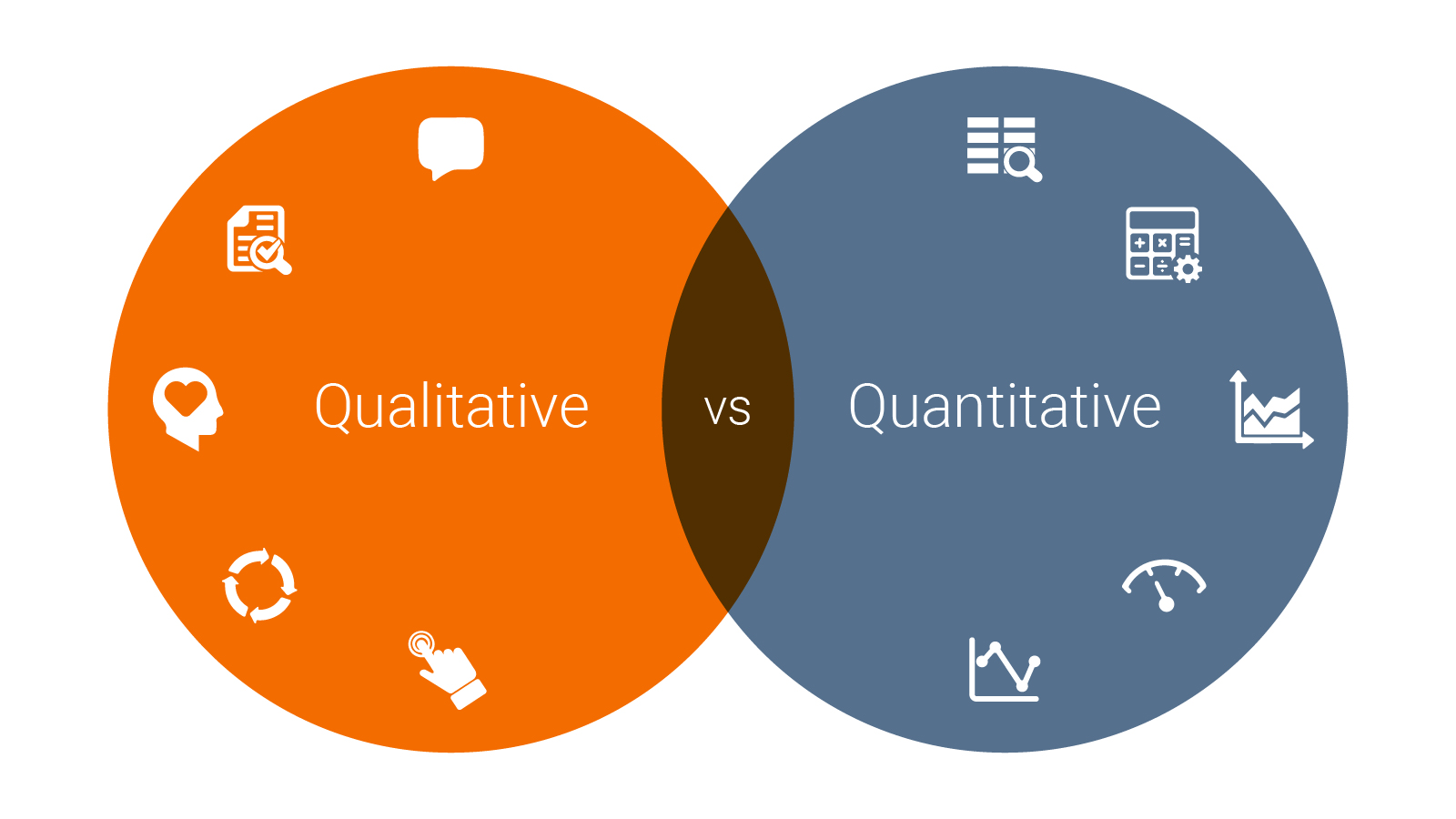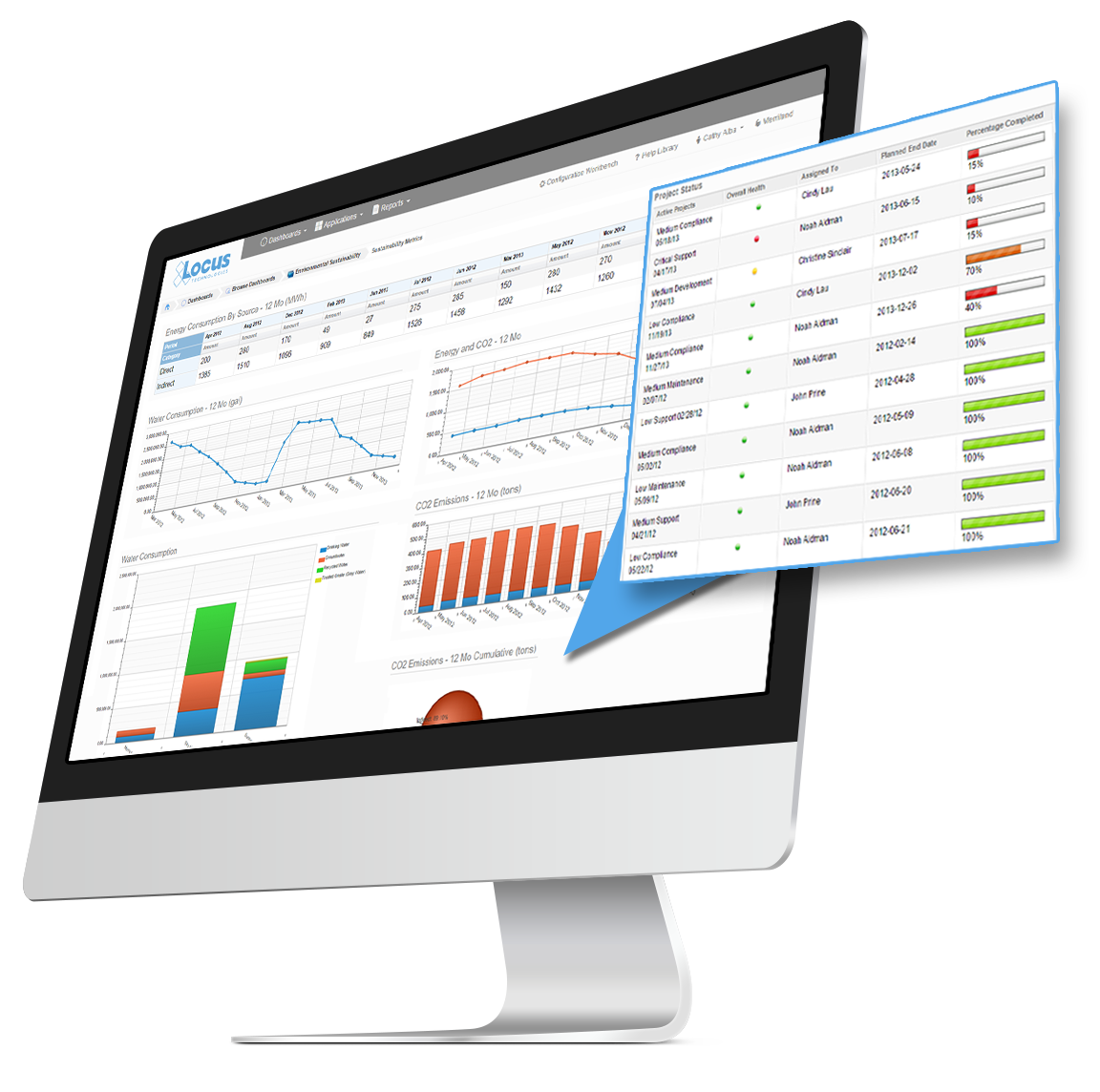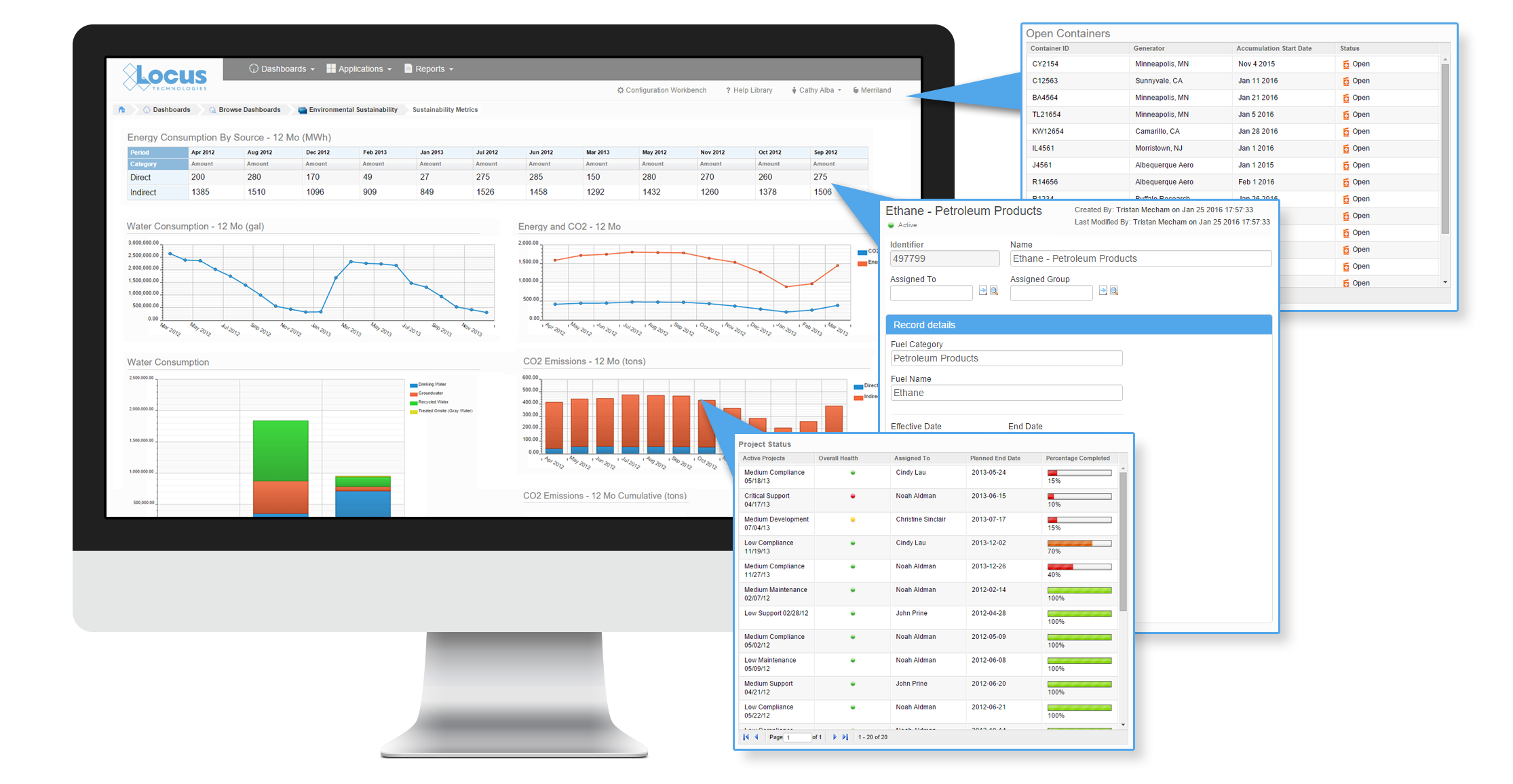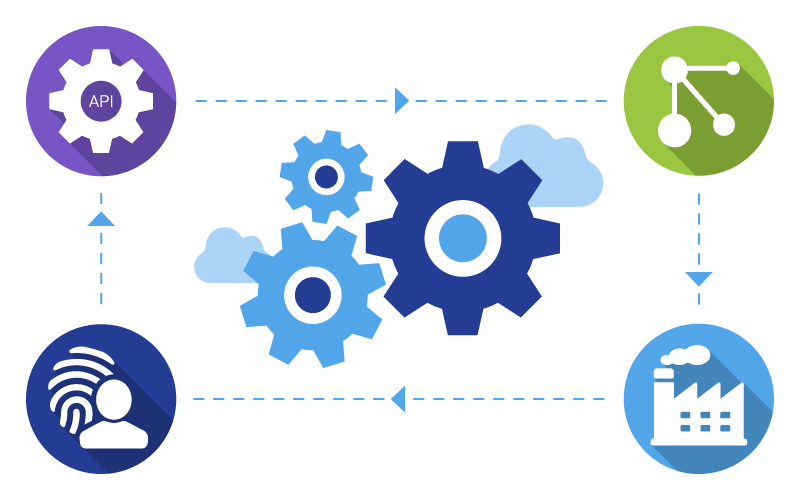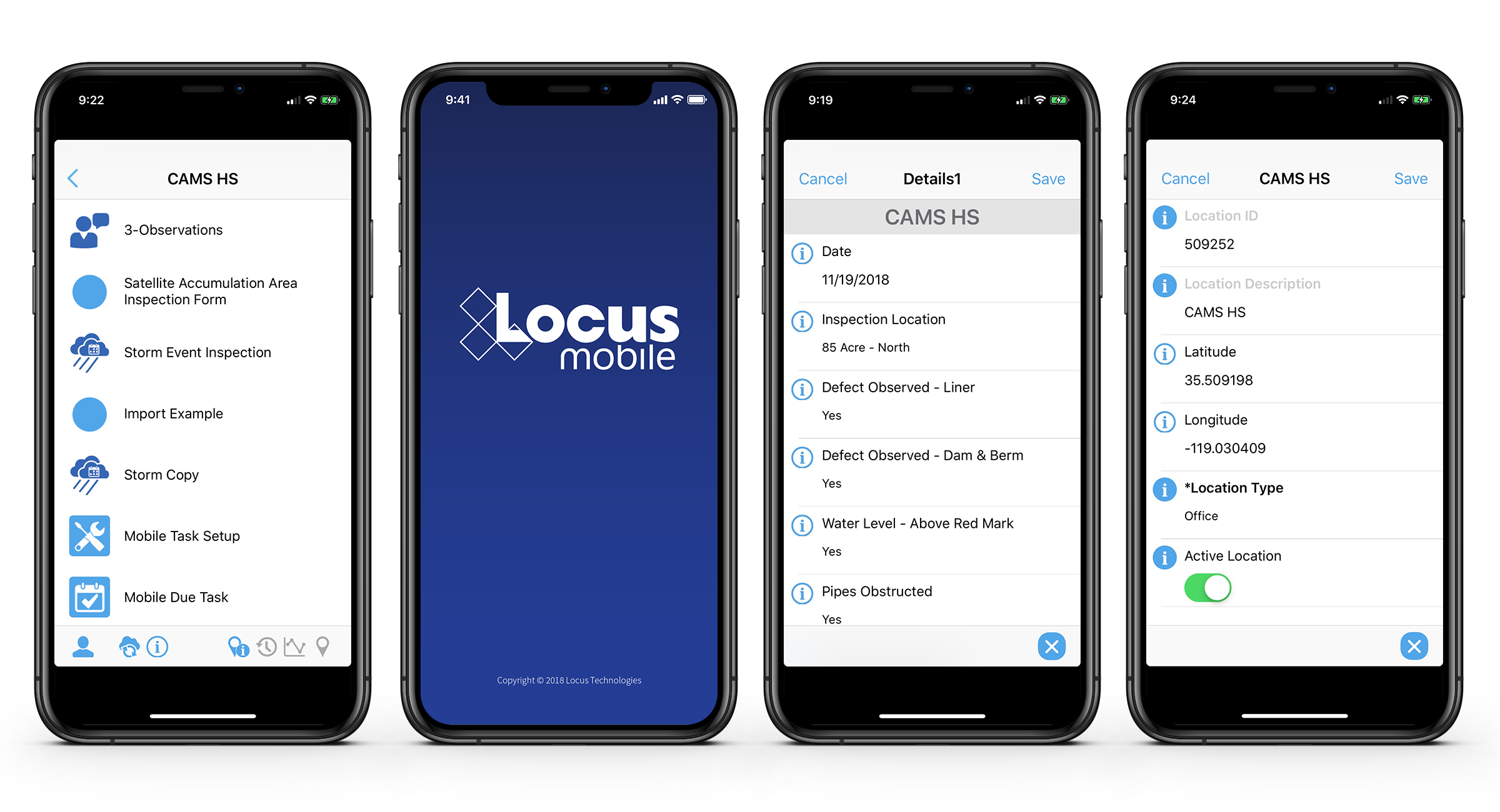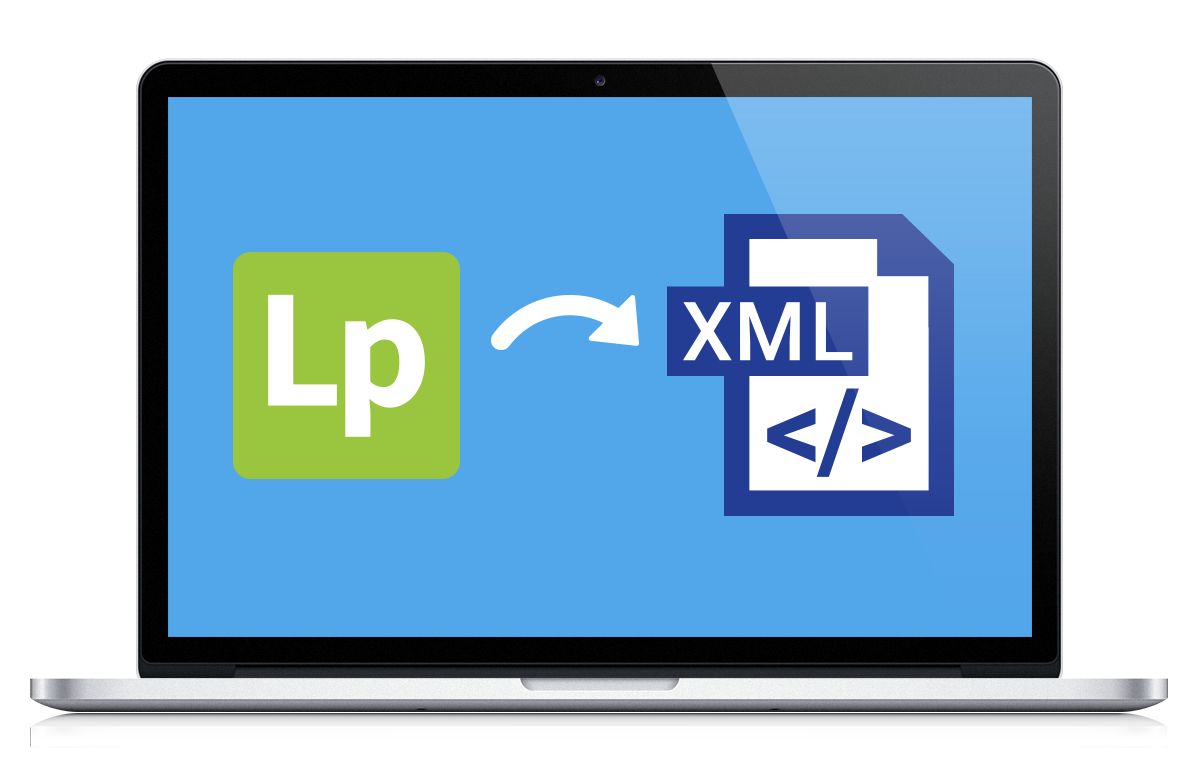5 Keys to Navigating ESG
With sustainability practitioners strained to deploy limited resources internally to navigate the myriad of standards and frameworks to meet the growing appetite for environmental, social, and governance (ESG) information, we continue to ask, “Isn’t there an easier way to do this?” 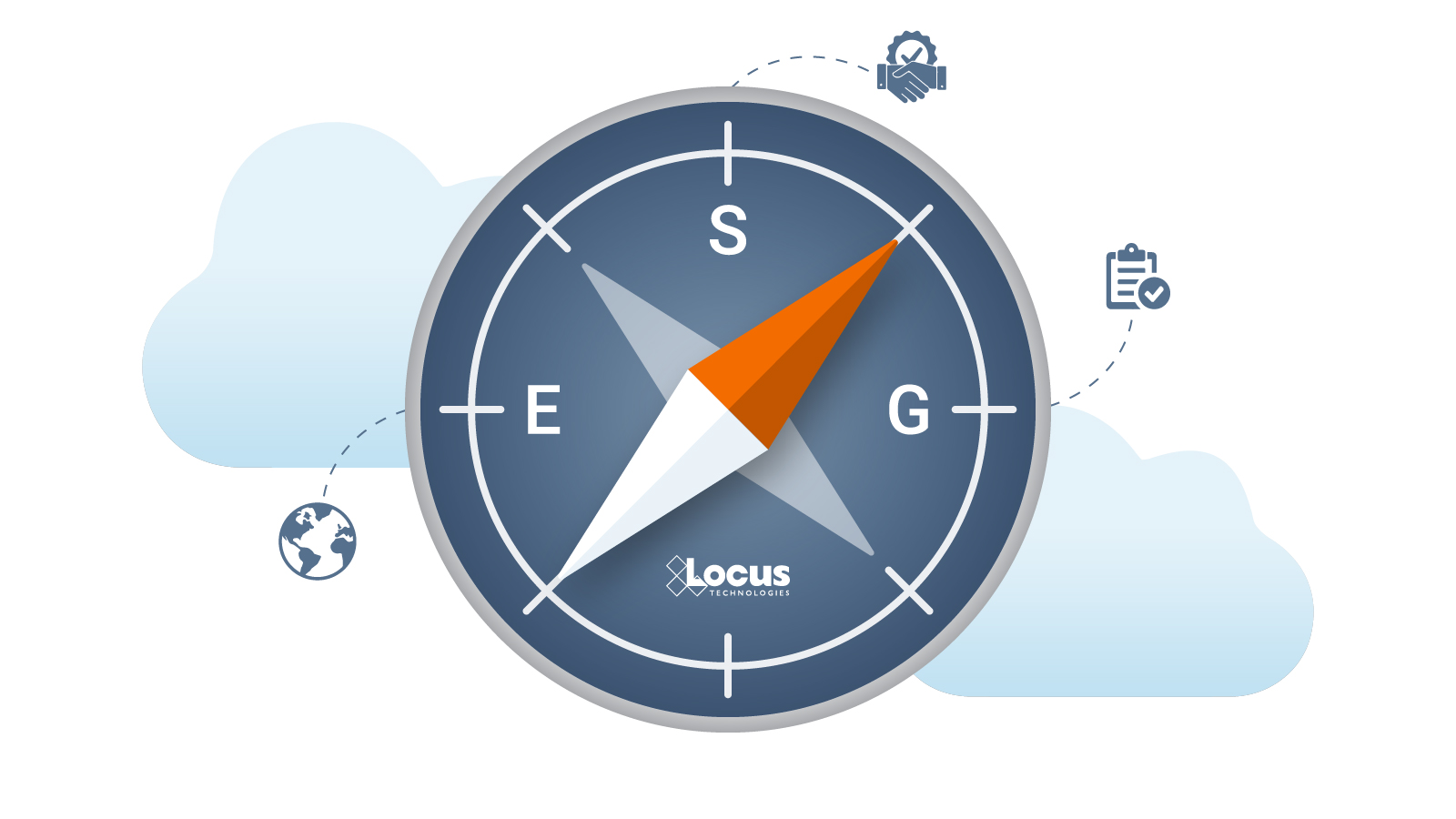 Anyone who has worked to align standards and frameworks, corral internal champions around disclosure requirements, and marry quantitative performance data with narratives on management approach, knows that this is no easy feat.
Anyone who has worked to align standards and frameworks, corral internal champions around disclosure requirements, and marry quantitative performance data with narratives on management approach, knows that this is no easy feat.
The uphill battle to integrate data and other systems is often complicated by trying to pull others along in the organization—regardless of where their hearts lie.
So how is it that we can focus in on what’s relevant and minimize the reporting burden on others?
At the risk of seeming to oversimplify the process, I’ll attempt to breakdown some of the concepts mentioned here as a means for peering through the gray. The following five points have been central to my years of guiding organizations through this process. 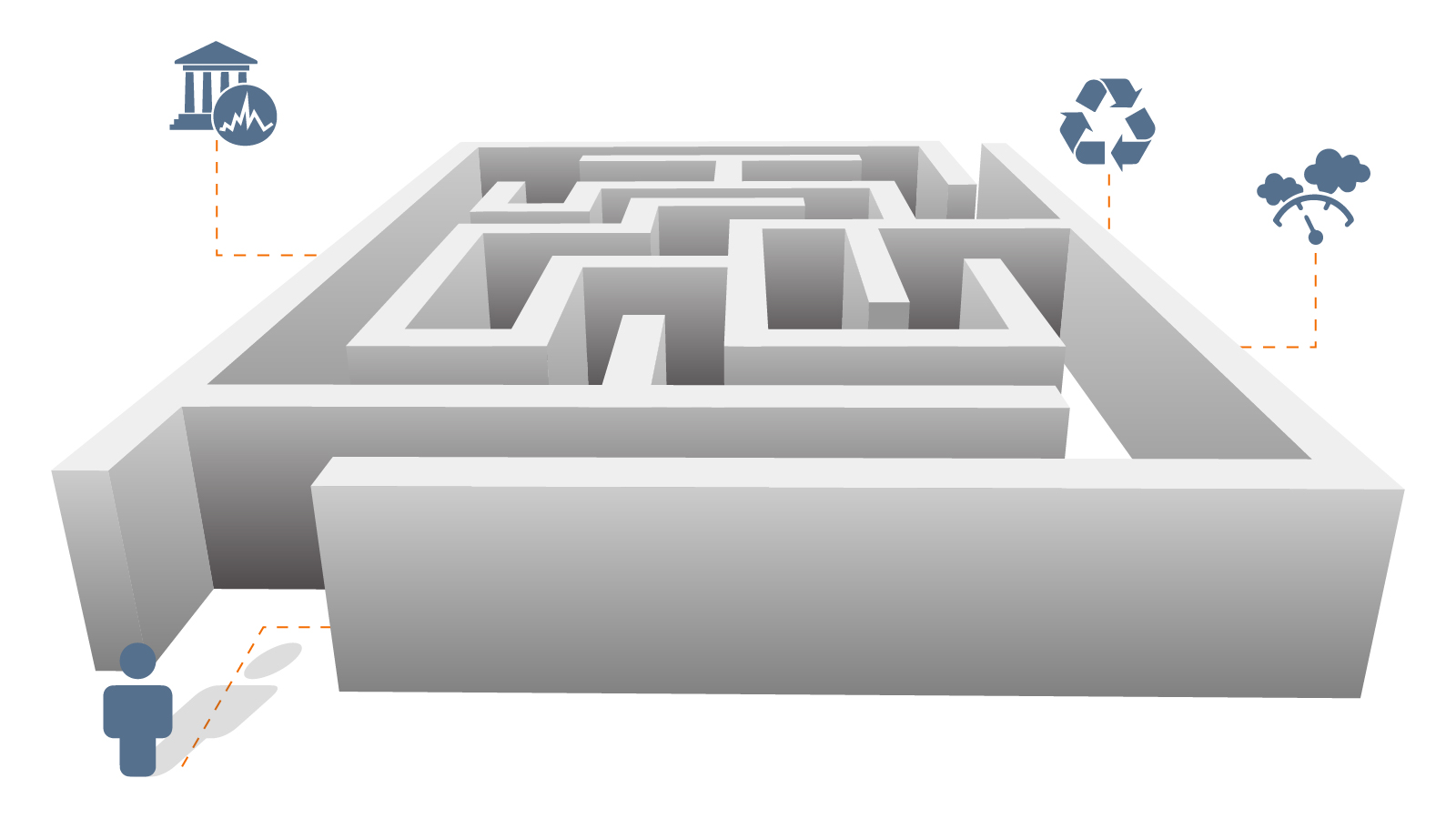
1: Navigating the myriad of standards and frameworks:
Not only are there the long-time warriors (the Global Reporting Initiative, CDP, and the Sustainability Accounting Standards Board now merged with the International Integrated Reporting Counsel labeled as the Value Reporting Foundation), there are also larger north star initiatives, like the United Nation’s Global Compact or Sustainable Development Goals, and even those that are industry specific, like the Global Real Estate Sustainability Benchmark. There are also the investor-driven ratings and rankings, supply chain initiatives, and mandates disclosure requirements that organizations must contend with. Not everyone is blessed with sustainability departments powered by specialists of all types. In fact, most are managed by 1-3 individuals who often juggle multiple roles until they can prove the importance of an integrated strategy and leverage additional support. In the end, standards alignment comes down to one person dropping all disclosure requirements into an excel spreadsheet to make sense of all that is needed. There is no harm in this. It is a recommended first step in trying to better understand the nuances between all that is asked and whether it is possible to pull data to meet various requirements. The goal eventually, of course, is to automate reporting against all applicable requirements. Usually companies start by developing a comprehensive list of all that they can disclose, either initially or in the future. The key is not to exclude areas that the company is unable to immediately disclose on, but to press the “pause” button and keep those items in the horizon as areas that should be revisited in the future. Instead, stating where one is in the journey to retrieve information and manage inherent risks, while providing data for what is possible, is recommended. In that, clear “omissions” or “exclusions to the boundary” should be noted.
2: Determining the qualitative vs. quantitative:
Be it labor standards, human rights, training and education, resource consumption or greenhouse gases, there are both qualitative and quantitative features to grasp and disclose an organizations’ impacts. Granularity is based on what the organization is trying to achieve by pursuing efforts in a certain area. Will the level of detail provide a sharper view of potential risks? Will the data enable decision-making? Will it demonstrate the level of transparency the organization is willing to provide to match disclosure among its peer group? Will it result in greater recognition or even, leadership status? By asking these questions, organizations can determine their priorities and narrow in on data tracking mechanisms to pull, house, and analyze detail. Keep in mind, however, taking inventory always presents surprises. Try not to go down a rabbit hole searching for data that doesn’t exist or isn’t relevant considering the larger footprint. Report on what is available and explain what is being accounted for, what is missing, and why. 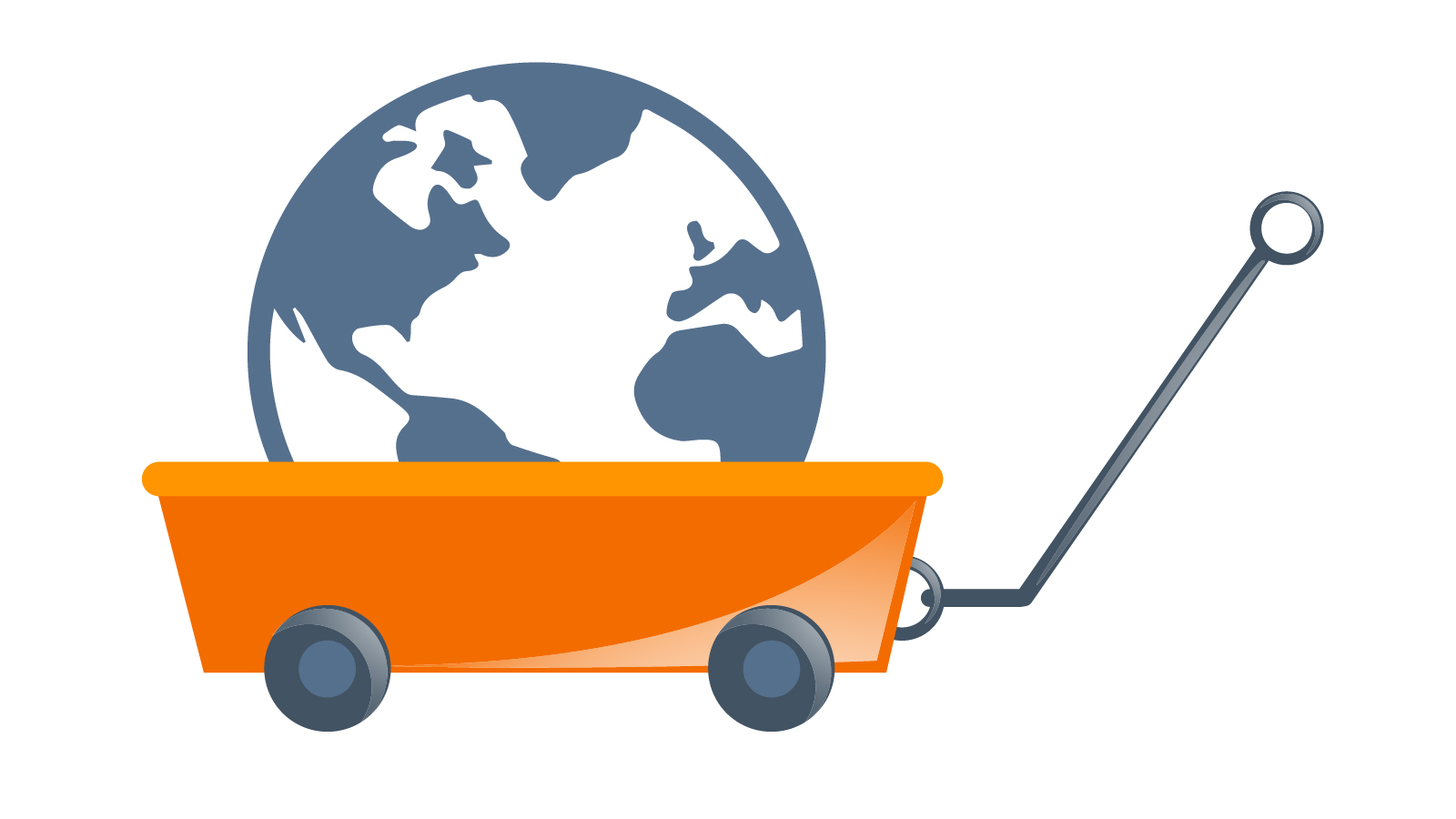
3: Pull others along:
Frameworks, data, and the endless requests for disclosure are enough to make anyone question their sanity—let alone the ongoing education that is needed to bring others along the path towards greater sustainability. Up until about five years ago, the role of the sustainability champion was often a lone wolf in the organization who felt committed to the charge. Boards were not involved, and it was because few companies saw sustainability as a strategic imperative. Today, it’s no longer effective to go at this alone. Markets have begun to regulate this space: the fear of shareholder resolutions, and the inability to access capital due to a lack of demonstrated ESG commitments, risk management, and performance disclosure has catapulted the need to activate players across functions. Regardless of standard, framework, or reporting platform, governance is critical to ensuring that sustainability sticks. It’s not enough to simply describe the organizational and leadership structure, but to describe how and where sustainability or ESG risk management sits within and what the role of the Board is. The sustainability coordinator, or Chief Sustainability Officer’s structure the group to facilitate action. Constant education and hand holding is necessary to inform the working group on the rapidly changing landscape and what is needed to maintain a license to operate from the stakeholder perspective. 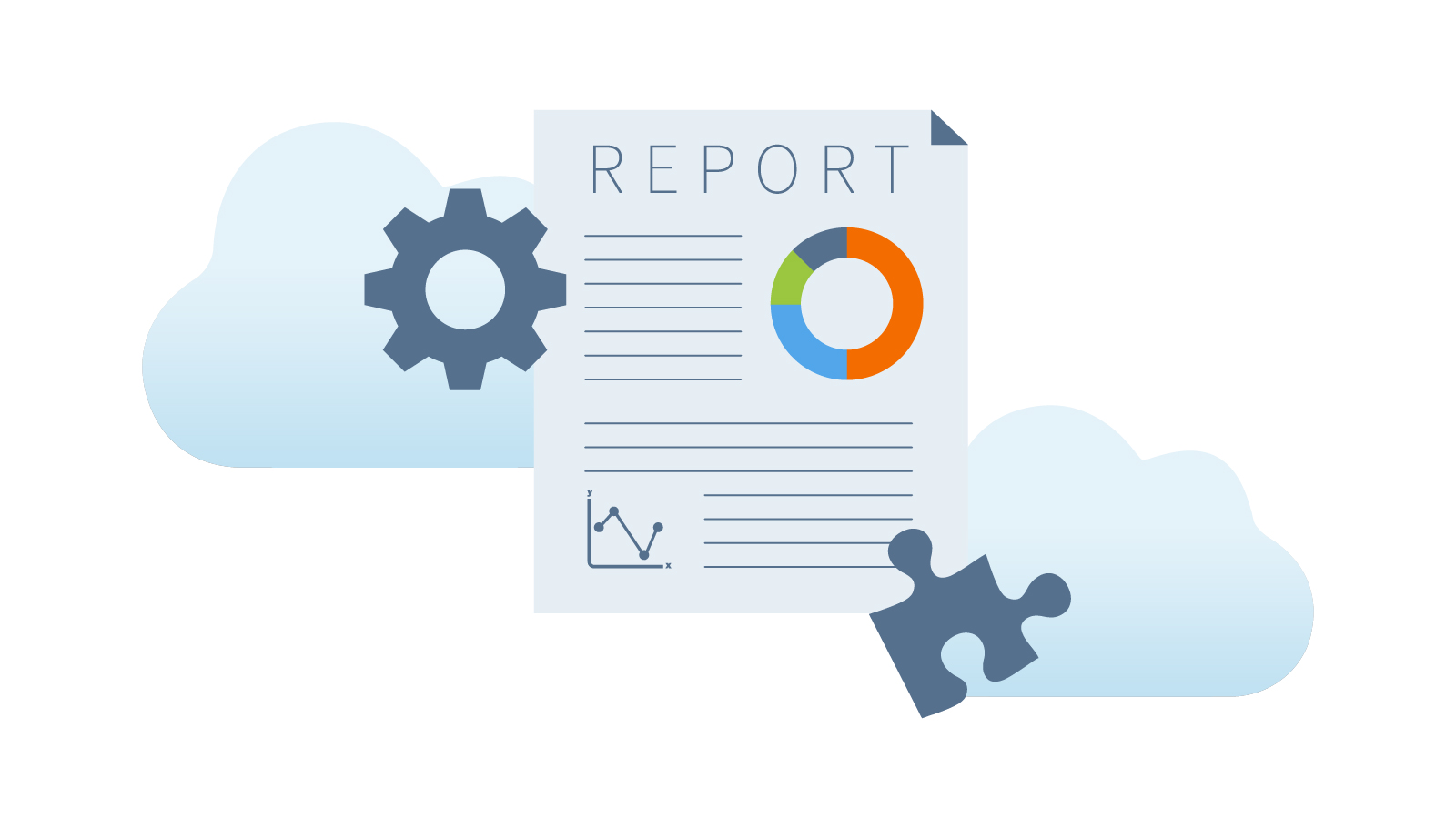
4: Minimize the reporting burden:
If it’s not clear by this point, all that matters when it comes to reporting is 1) performance data, 2) an explanation of management approach, and 3) a description of your processes undertaken to identify material matters and manage risks. Stories and imagery provide color but not an overview of what the organization is doing to manage impacts. Begin by structuring your website to highlight data. Embedd data from GRI, the SDGs, and/or SASB indexes as companies such as Ball Corporation, BlackRock, and Coca-Cola. All have focused more efforts on tangible reduction and reuse, rather than creating beautiful communication pieces. This allows them to focus time and resources on doing the work that matters. 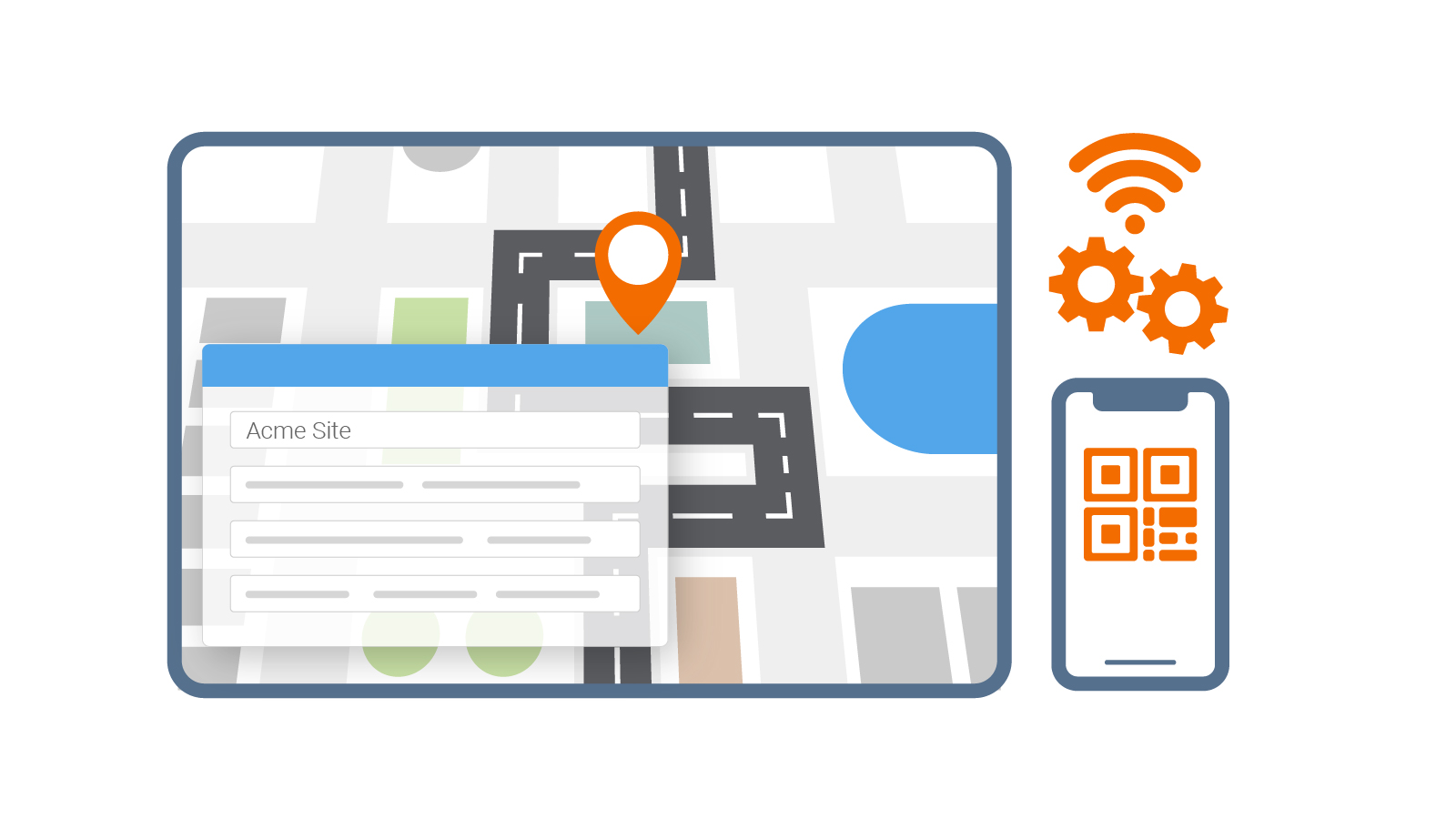
5: Data collection:
As the saying goes, “what doesn’t get measured doesn’t get managed.” Pulling data from the ESG pillars and across functions often means that the data collection process tends to take shape like a patch work quilt. Utilizing an integrated, configurable system that can extract and consolidate data into a single source of truth allows companies to focus on results, rather than begging for data from sources internal and external to their organization. Where possible, automate the data collection process, and provide decision-making analytics that can be transferred to various disclosure platforms to streamline the process and further minimize the reporting burden.
Hopefully, these points will help reassure you that you’re on the right path. The reality is, there is no easy way. Many of the front movers know this all too well. Their approach has taken years to solidify. In addition to the 5 points listed above, try to remember that it is important to just get started. Improvements can be made over time and lessons aren’t typically learned through perfection.
About the Author—Nancy Mancilla, ISOS Group
Ms. Mancilla is the CEO and Co-Founder of ISOS Group, a full services sustainability consultancy firm also recognized for its leadership as a GRI and CDP Certified Training Partner in the U.S. Since establishing the company, Nancy has orchestrated 300+ Certified Trainings, co-taught MBA programs, regularly serves as a conference guest speaker and thought leader on the non-financial reporting process. In addition to educational services, ISOS Group provides organizations of all types with sustainability assessments, reporting guidance and external assurance.

